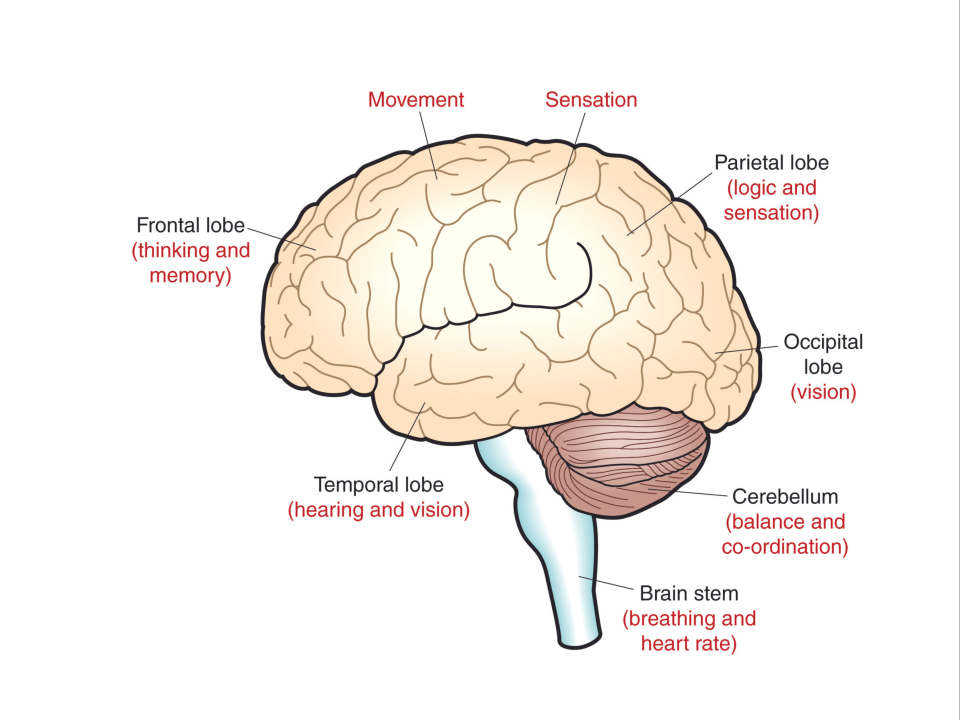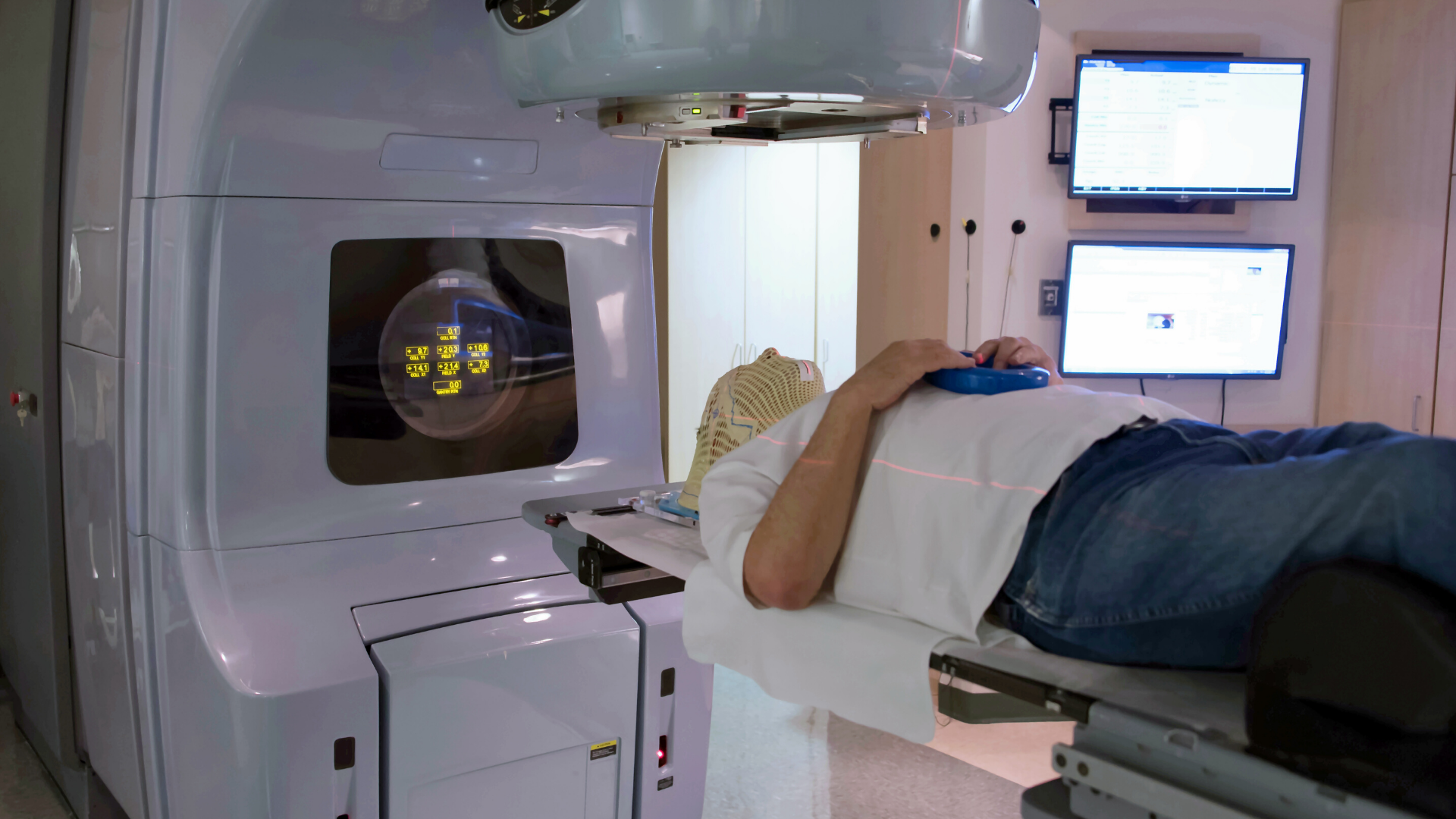
Brain tumours
A brain tumour is a mass (lump) formed by an abnormal growth of cells in the brain.
A primary brain tumour is a tumour that starts in the brain. About 400 people are diagnosed with primary brain tumours each year in Ireland. Men are more likely than women to develop a brain tumour.
What is a brain tumour?
A brain tumour is a mass (lump) formed by an abnormal growth of cells in the brain.
Brain tumours can cause problems if they press on the brain or grow into the brain tissue.
Not all brain tumours are cancerous (malignant). Grades 1 and 2 are benign (not cancerous) – although they can come back and become malignant.
Symptoms will depend on which area of the brain is affected by the tumour, as different areas of the brain control different activities.
There are many different types of brain tumour, depending on which cells are affected.
Read more about types of brain tumour.
What is a primary brain tumour?
Primary brain tumours develop either from cells inside the brain or from cells that make up the covering layers of the brain. Primary brain tumours usually do not spread to other parts of the body. In this section, we are talking about primary brain tumours.
What is a secondary brain tumour?
Secondary brain tumours spread to the brain from cancer cells in other parts of the body such as breast cancer cells or lung cancer cells.
Brain and spinal cord tumours in children
If you want information on brain tumours in children, please see our booklet:

What is the brain?
The brain is made of countless nerve cells. It is the control centre of your body.
Each area of the brain controls different activities. This means that a tumour can affect different activities and give different symptoms depending on where it is found in the brain. There are 3 main parts of the brain: the cerebrum, cerebellum and brainstem.
The cerebrum is the largest area of the brain. It controls thinking, memory, behaviour and personality.
The cerebellum is the back part of the brain. It helps with balance and coordination.
The brainstem is located at the bottom of the brain and attaches the cerebrum to the spinal cord. It is here that our basic bodily functions are controlled, including breathing, heartbeat and blood pressure and reflexes.
The brain is wrapped in three thin membranes called meninges.
A watery fluid called cerebrospinal fluid (CSF) fills the spaces between the meninges and cushions the brain. The brain is protected by the bones that form the skull.
More information about brain tumours
Post treatment for brain tumours
Medical content updated from our Understanding Primary Brain Tumours booklet (2023). Reviewed by Mr Stephen MacNally, Consultant Neurosurgeon and Neuro Oncology Lead and Eloise Cowie, Clinical Nurse Manager 3, Neuro Oncology
The Irish Cancer Society uses the most up-to-date cancer statistics from the National Cancer Registry Ireland, available on www.ncri.ie

Looking for support?
Our cancer support section contains information and advice on coping with cancer for diagnosed patients and their loved ones.
For more information
Phone
1800 200 700











